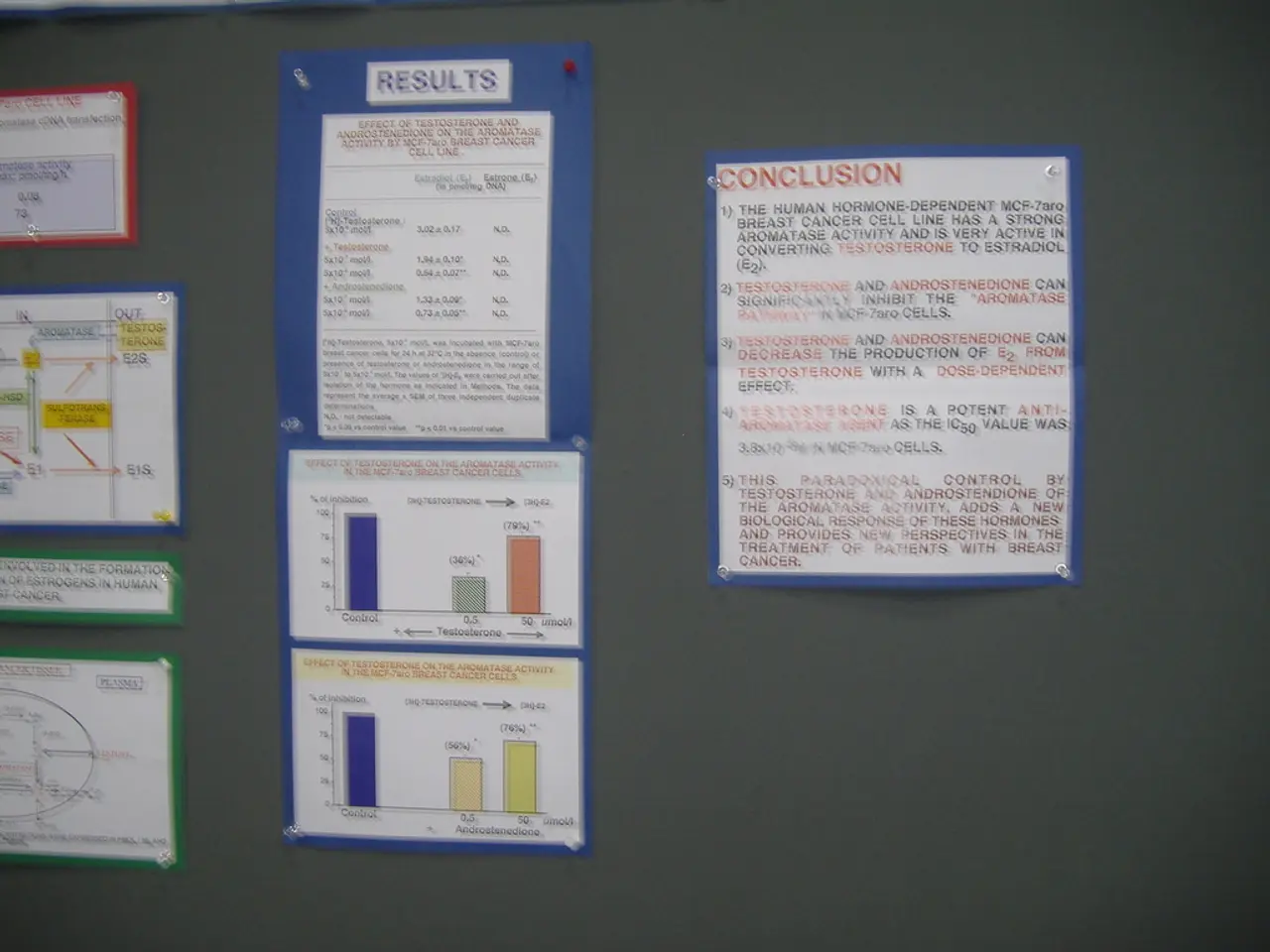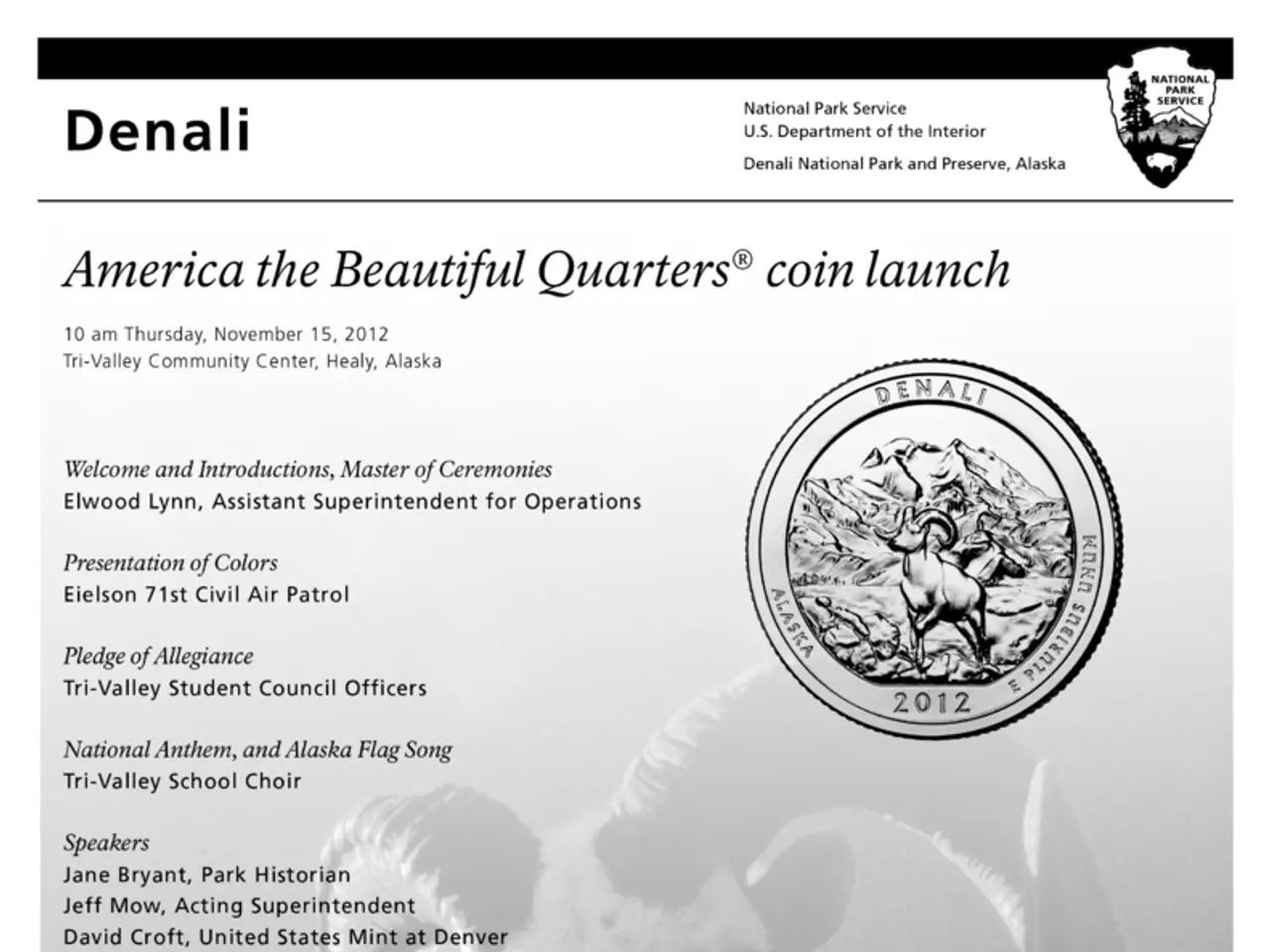Investments and Economy: A Tough Two Years Ahead
"What should we expect? Nothing good." Natalia Zubarevich on construction, home buyers, and their incomes.
Get the lowdown on what's about to go down in the next two years: a slowing economy.
If you're working in cities with mining or heavy industries, don't expect much financial gains. In cities with manufacturing industries, it's essential to know which ones. The ones with a strong defense sector can expect some cash flow, but it's uncertain if it'll last more than three years.
Last year, Russian industry increased by 1.4%. This growth was mainly due to government military spending and a significant investment surge in the defense sector. Take, for instance, Udmurtia, where capital investments in the defense sector tripled during the implementation of a special operation.
In regions dominated by civilian industries, growth rates are either zero or negative.
Approximately 20% of all investments are concentrated in Moscow. Tiumen Oblast comes in second. That's thanks to the oil and gas sector. Of course, construction is also on the rise, but it's about commercial rather than residential buildings. Big holdings are pumping money into industrial facilities in Amur Oblast (gas processing plant), Leningrad Oblast (Ust-Luga port), and Vologda Oblast (new metallurgical plant). However, this impetus will start to fade by the third quarter of 2025.
The Building Boom: Slowing Down
Residential property development in Russia is shrinking. In May 2025, there was a 17% decrease compared to May 2024. That's a tough break for the residential construction sector, which will likely optimize processes until the end of the year. This adjustment will be most noticeable in places like Moscow, Moscow Region, St. Petersburg, Leningrad Oblast, Krasnodar Krai, Tiumen Oblast, and Sverdlovsk Oblast. On the bright side, it's slightly less tough on the Far East (thanks to a low-interest mortgage).
The residential sector survives thanks to individual housing construction (IHC) and dachas. Adding dachas to the statistics made it easier to meet the government's targets. Currently, IHC and dachas account for 75% of total input. However, in April-May, the saving grace (dachas) stopped working, and the start of IHC began to slide compared to the previous year.
Population Matters: A Shrinking Future
Population demographics are crucial for the real estate market. Here's what we can expect: not good news.
A new generation enters the job market with a 30% shortage of workers due to the demographic hole of the 1990s. This means fewer home buyers within the next 5-7 years.
Population numbers are dwindling, and there's no turning back, regardless of how much people earn. Fertility rates are also dropping. Almost everywhere in the country, the natural population growth is negative, and the majority of regions have a net outflow of people. So, there won't be more people - let's cross our fingers for those having 3-5 kids and their dreams for four-room apartments or five-room flats... Dream on!
The population of large agglomerations like Moscow and St. Petersburg is growing, especially in the suburbs of Moscow and Leningrad Oblast. This makes sense since housing in these areas is cheaper. As a result, the radius of construction is expanding.
Money Matters: A Mixed Bag
The economic situation with real incomes varies across regions. While they are growing rapidly in Moscow (where 30% of all bank deposits are concentrated), they have stagnated in other regions after the competition for wages ended.
The construction sector is in a tough spot between recession and overall economic stagnation. Swimming in this muddy water isn't exactly healthy.
Construction Industry Crisis: Stuck in the Mud
The construction industry is suffering from a severe crisis characterized by frequent project delays and widespread contractor bankruptcies. This situation is due to a series of economic and political factors.
Key Challenges for the Construction Industry
1. Mounting Wage Debts and Financial DistressRanking first in wage arrears, the construction sector now owes approximately 1.482 billion rubles (about $18.8 million) in unpaid wages by April 2025, a record since 2021. Two-thirds of these arrears affect construction companies, signaling significant financial strain and an economic crisis brewing within the sector. Employers cite a lack of funds as the reason for wage delays, reflecting the overall deteriorating financial condition caused by international sanctions, high military spending, unaffordable mortgages, and declining revenues from energy exports. The ongoing war effort also burdens the economy[1].
2. Contractor Bankruptcies and Sinking Construction VolumesMany construction companies and developers are on the verge of bankruptcy as the volume of construction activity shrinks and costs rise. After a period of growth in prior years, many infrastructure contractors expanded operations by purchasing equipment, increasing staff, and taking on loans. Now, with government budgets tightening (except for military spending) and inflation outpacing official estimates, these companies struggle with razor-thin profit margins (2.6–3.3%), putting them at risk of insolvency and layoffs[2].
3. Reduced Investment and Project DelaysConstruction investment has fallen sharply, from ₽25.3 trillion in 2023 to ₽16.7 trillion in 2024, with significant reductions in oil and gas, road, and industrial construction projects [3]. Many large new projects have been delayed or suspended due to shifting priorities, with efforts focusing more on current and maintenance projects rather than new builds. Projects are also delayed due to the need to modify designs using domestic or allied country equipment, as foreign suppliers have ceased deliveries due to sanctions and supply chain disruptions[3].
4. Impact of Sanctions and Economic IsolationWestern sanctions are continuing to limit Russia's access to foreign equipment, financing, and markets. This further delays projects, increases costs, and forces contractors to rely on less efficient domestic production or limited “friendly country” imports[1][4].
Dealing With Crisis
- Contractors are renegotiating project terms and scaling back plans due to cost inflation and scarce resources.
- The focus has shifted from launching new projects to maintaining current infrastructure and completing ongoing projects.
- Some transport and infrastructure projects oriented toward Kazakhstan and China continue to develop, reflecting strategic shifts in trade partnerships.
- Introduction of new regulations like the three-year deadline for land development in individual housing is an attempt to streamline and control certain construction activities amid the crisis[4].
In Brief
The Russian construction industry is deep in a systemic economic crisis characterized by wage arrears, bankruptcies, and a significant reduction in construction investments and activity volumes. The sector faces mounting financial pressure from sanctions, inflation, high military spending, disrupted supply chains, and delays. Changes in project priorities focus on military spending and maintaining existing infrastructure, leading to delays, bankruptcies, and reduced investment[1][2][4].
- With the anticipated economic slowdown, it's pertinent for investors to closely monitor the news on finance and real-estate trends in order to seek investments in sectors less affected, such as defense or certain manufacturing industries, given the uncertainty about their profitability beyond three years.
- Despite the wealth of investments in Moscow and Tiumen Oblast, primarily in the oil and gas sector, the residential property development in Russia is shrinking, implying a tough time for investors seeking returns in this sector, especially in regions like Moscow, Moscow Region, St. Petersburg, Leningrad Oblast, Krasnodar Krai, Tiumen Oblast, and Sverdlovsk Oblast. However, opportunities might present themselves in the Far East due to a relatively low-interest mortgage environment.




